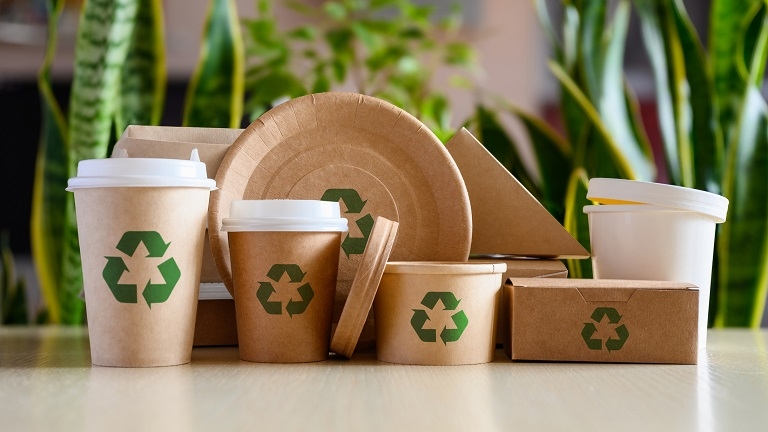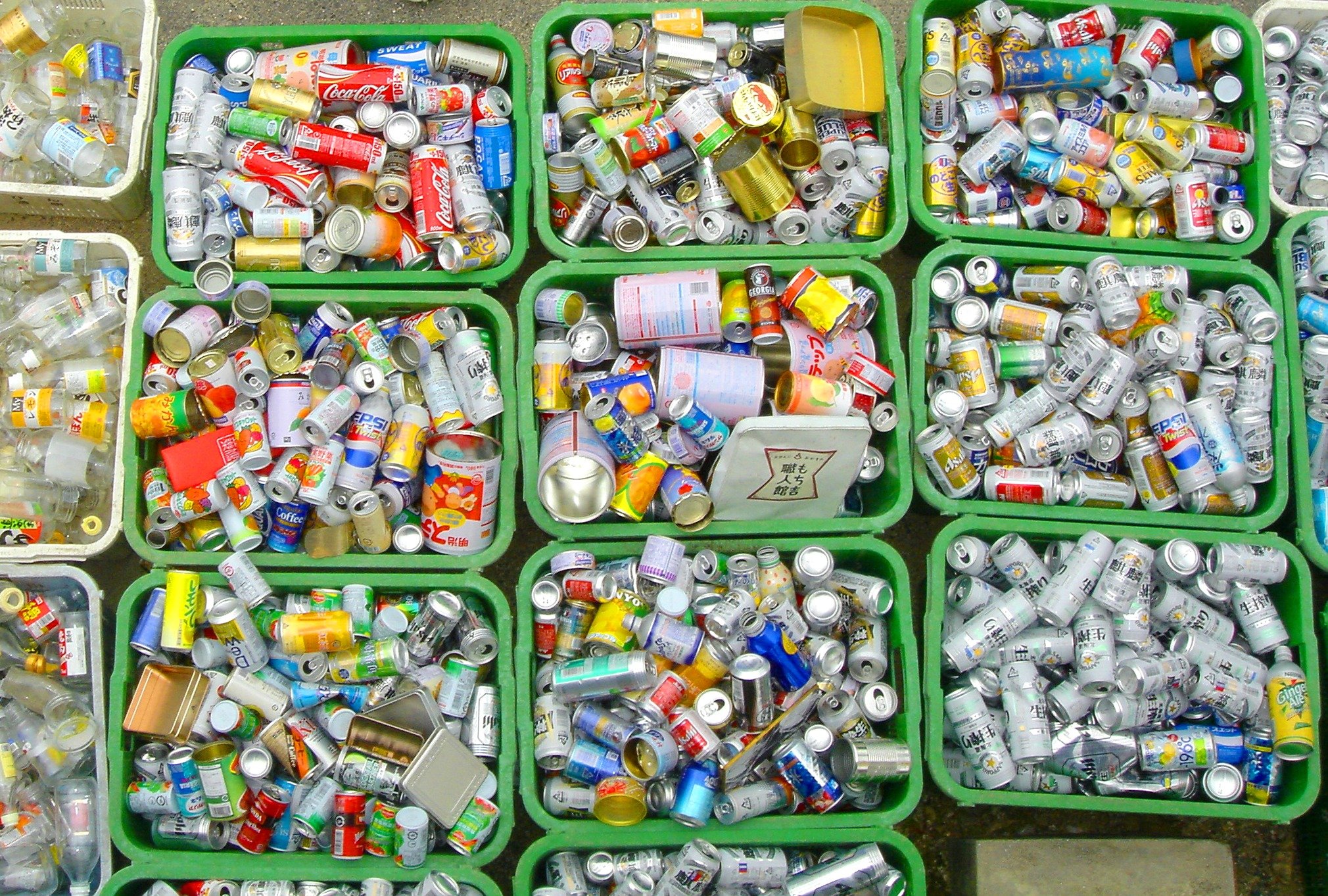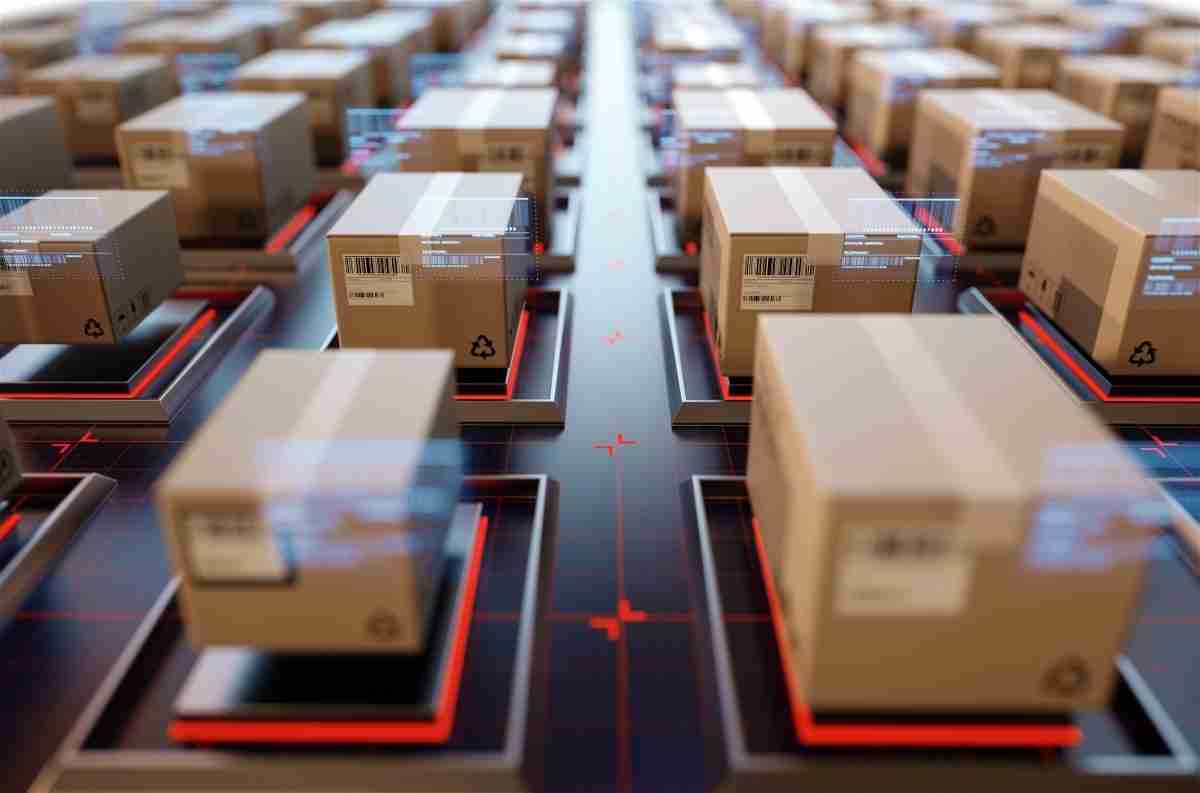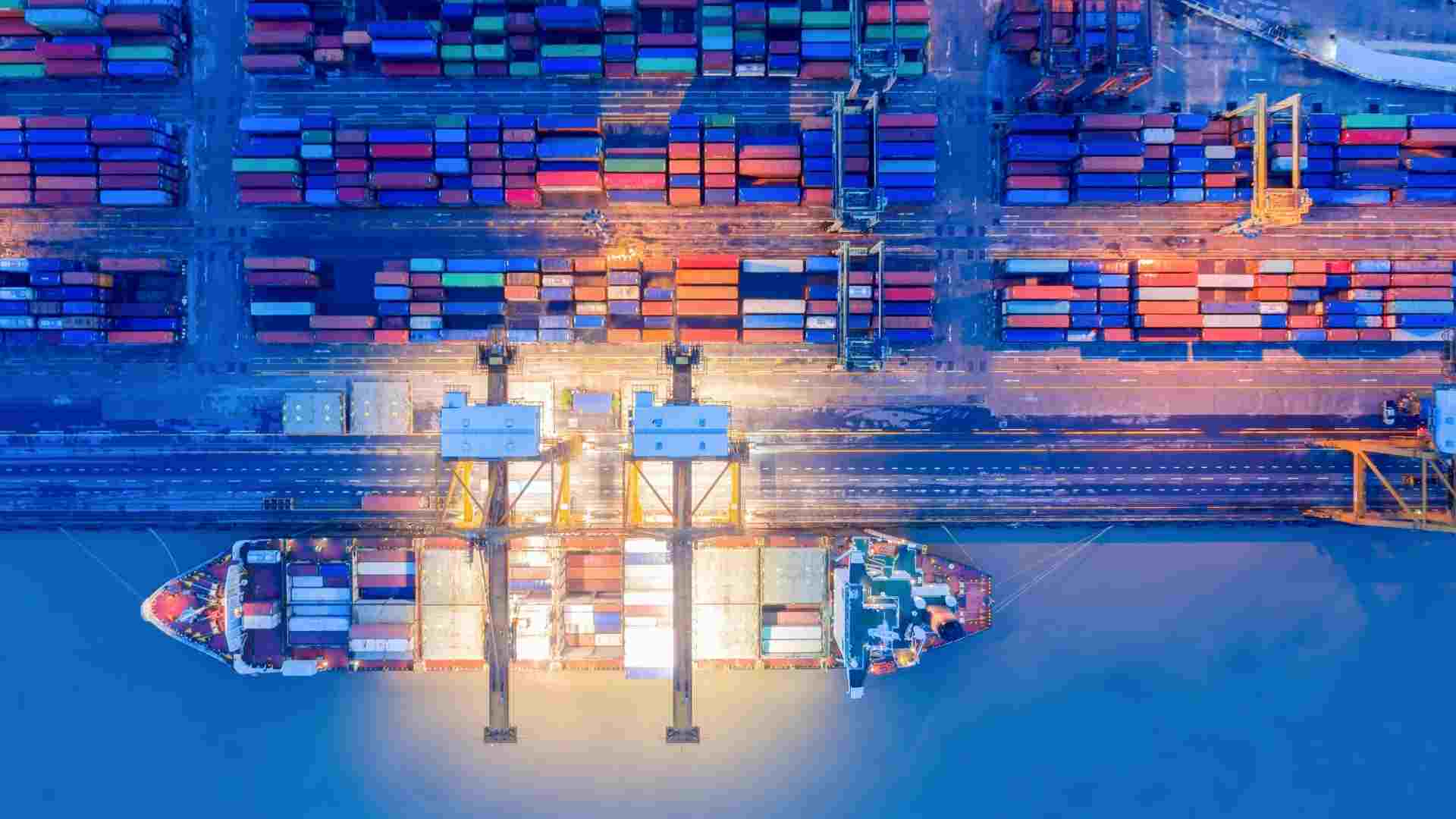5 Things That Will Make Your Supply Chains More Sustainable
Supply chain sustainability has become an increasingly important topic in recent years, as businesses around the world strive to minimize their...
8 min read
Ömer Ali Güneş
:
Jul 28, 2023 2:51:28 PM
Supply chain waste is a major problem that businesses of all sizes face. It can lead to environmental damage, financial losses, and a decrease in customer satisfaction. However, there are a number of ways to reduce waste in your supply chain.
According to a study by Ellen MacArthur Foundation, supply chain waste accounts for 1.3 trillion USD in annual costs. This waste also has a significant environmental impact, contributing to climate change and air pollution.
Reducing waste in your supply chain can help you to save money, improve your environmental impact, and boost customer satisfaction. In addition, it can help you to gain a competitive advantage over businesses that are not taking steps to reduce waste.
In this blog post, we will discuss 6 unpredictable ways of reducing waste through supply chain management. These methods are not as well-known as some of the more traditional methods, but they can be just as effective.
1. Use Data to Optimize Inventory Levels
5. Get Involved in Circular Economy
6. Be Transparent about Your Waste
RELATED:
5 THINGS THAT WILL MAKE YOUR SUPPLY CHAINS MORE SUSTAINABLE
1. Use Data to Optimize Inventory Levels
Inventory optimization can help to reduce waste in a number of ways.
First, by tracking inventory levels closely, you can identify opportunities to reduce waste by ordering fewer products or by holding less inventory in reserve.
For example, if you have a product that is not selling well, you may be able to reduce waste by ordering less of that product.
Second, by forecasting demand accurately, you can ensure that you have the right amount of inventory on hand to meet customer demand. This will help you to avoid overstocking, which can lead to waste. For example, if you know that a product is in high demand during the holiday season, you can order more of that product to meet demand.
 By using inventory management software, you can track inventory levels, forecast demand, and order products more efficiently.
By using inventory management software, you can track inventory levels, forecast demand, and order products more efficiently.
Third, by using inventory management software, you can track inventory levels, forecast demand, and order products more efficiently. This can help you to reduce waste by ensuring that you are not ordering too much or too little product.
Finally, by working with your suppliers to improve packaging, you can reduce the amount of waste that is generated during the transportation and storage of your products.
By following these tips, you can optimize your inventory levels and reduce waste in your supply chain. This can save you money, improve your environmental impact, and boost customer satisfaction.
RELATED:
4 KEY FACTORS OF CHOOSING AN AUTOMATION SYSTEM FOR WAREHOUSES
2. Improve Packaging
Packaging is a major source of waste in the supply chain. According to the World Economic Forum, packaging accounts for 20-30% of all waste generated in the world.
There are a number of ways to reduce waste from packaging. One way is to work with your suppliers to improve packaging. This can be done by:
By working with your suppliers to improve packaging, you can reduce the amount of waste that is generated during the transportation and storage of your products. This can help to protect the environment and save you money.
 Using recycled materials will help to reduce the amount of virgin materials that are used in packaging.
Using recycled materials will help to reduce the amount of virgin materials that are used in packaging.
3. Invest in New Technologies
One way to reduce waste is to invest in new technologies. There are a number of new technologies that can help businesses to track their inventory more accurately, forecast demand more effectively, and optimize their transportation and storage processes.
This can help businesses to reduce waste by preventing overstocking, understocking, and spoilage.
Here are some of the most promising new technologies for waste reduction in the supply chain:
 There are a number of new technologies that can help businesses to track their inventory more accurately.
There are a number of new technologies that can help businesses to track their inventory more accurately.
Here are some specific examples of how new technologies have been used to reduce waste in the supply chain:
By investing in new technologies, businesses can reduce waste and improve their environmental impact. This can lead to cost savings, increased profits, and improved customer satisfaction.
RELATED:
5 THINGS TO THINK ABOUT BEFORE INVESTING IN NEW TECHNOLOGY
4. Empower Your Employees
Employees are often the ones who are closest to the products and processes, and they may have insights that you would not have otherwise considered. By empowering your employees to make suggestions and take action, you can tap into their knowledge and experience to find new ways to reduce waste.
Here are some specific ways to empower your employees to reduce waste:
By empowering your employees to reduce waste, you can tap into their knowledge and experience to find new and innovative ways to reduce waste. This can help you to improve your environmental impact, save money, and improve customer satisfaction.
 By empowering your employees to make suggestions and take action, you can tap into their knowledge and experience to find new ways to reduce waste.
By empowering your employees to make suggestions and take action, you can tap into their knowledge and experience to find new ways to reduce waste.
5. Get Involved in Circular Economy
The circular economy is a system that aims to eliminate waste by keeping products and materials in use for as long as possible. This is in contrast to the traditional linear economy, which is based on the "take, make, dispose" model.
There are a number of ways to get involved in the circular economy. Here are a few examples:
 The circular economy is a system that aims to eliminate waste by keeping products and materials in use for as long as possible.
The circular economy is a system that aims to eliminate waste by keeping products and materials in use for as long as possible.
By getting involved in the circular economy, you can help to reduce waste, create a more sustainable supply chain, and protect the environment.
Here are some additional benefits of getting involved in the circular economy:
RELATED:
GREEN FACTORIES: INCORPORATING SUSTAINABILITY INTO MANUFACTURING PROCESSES
6. Be Transparent about Your Waste
Being transparent about your waste is a great way to raise awareness of the issue and encourage others to take action. It can also help you to track your progress and identify areas where you can improve.
There are a number of ways to be transparent about your waste. Here are a few examples:
By being transparent about your waste, you can help to raise awareness of the issue and encourage others to take action. You can also use this information to track your progress and identify areas where you can improve.
 By being transparent about your waste, you can help to raise awareness of the issue and encourage others to take action.
By being transparent about your waste, you can help to raise awareness of the issue and encourage others to take action.
Here are some additional benefits of being transparent about your waste:
If you are interested in being transparent about your waste, there are a number of things you can do. Here are a few examples:
By being transparent about your waste, you can help to make a difference in the fight against waste.
Conclusion
Waste reduction is an important issue that businesses need to take seriously. There are a number of things that businesses can do to reduce waste, including:
By taking these steps, businesses can help to reduce waste, create a more sustainable supply chain, and protect the environment.
RELATED:
THE ROLE OF BIG DATA IN LOGISTICS AND SUPPLY CHAIN MANAGEMENT

Supply chain sustainability has become an increasingly important topic in recent years, as businesses around the world strive to minimize their...

The importance of product packaging in the supply chain is greater than many people realize. As a business owner, you want your items to be packaged...

Navigating the intricate tapestry of today's global economy, supply chains serve as the crucial conduits linking businesses to resources, markets,...